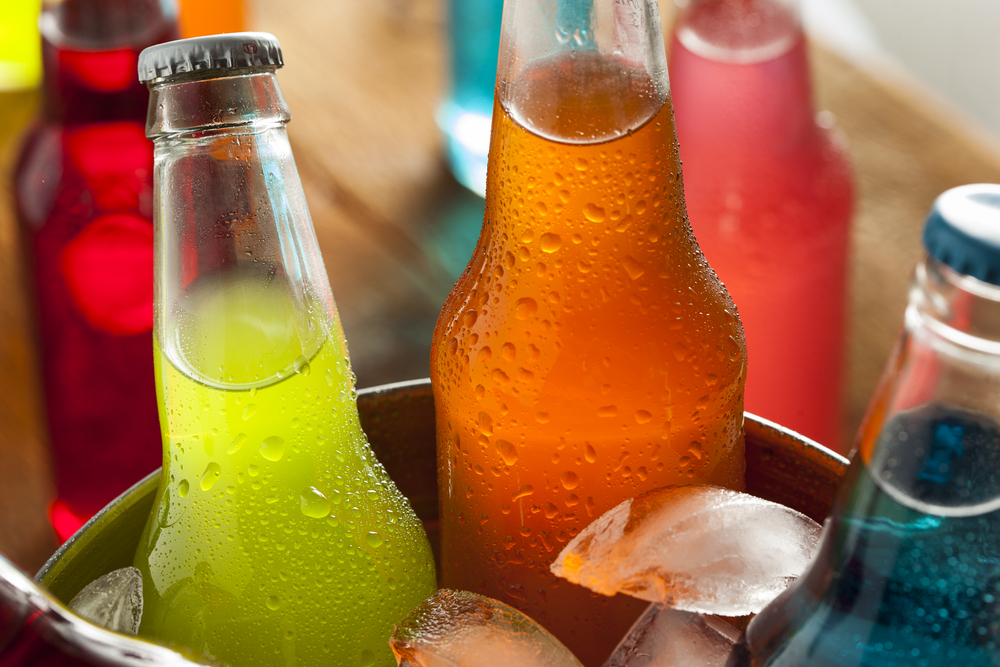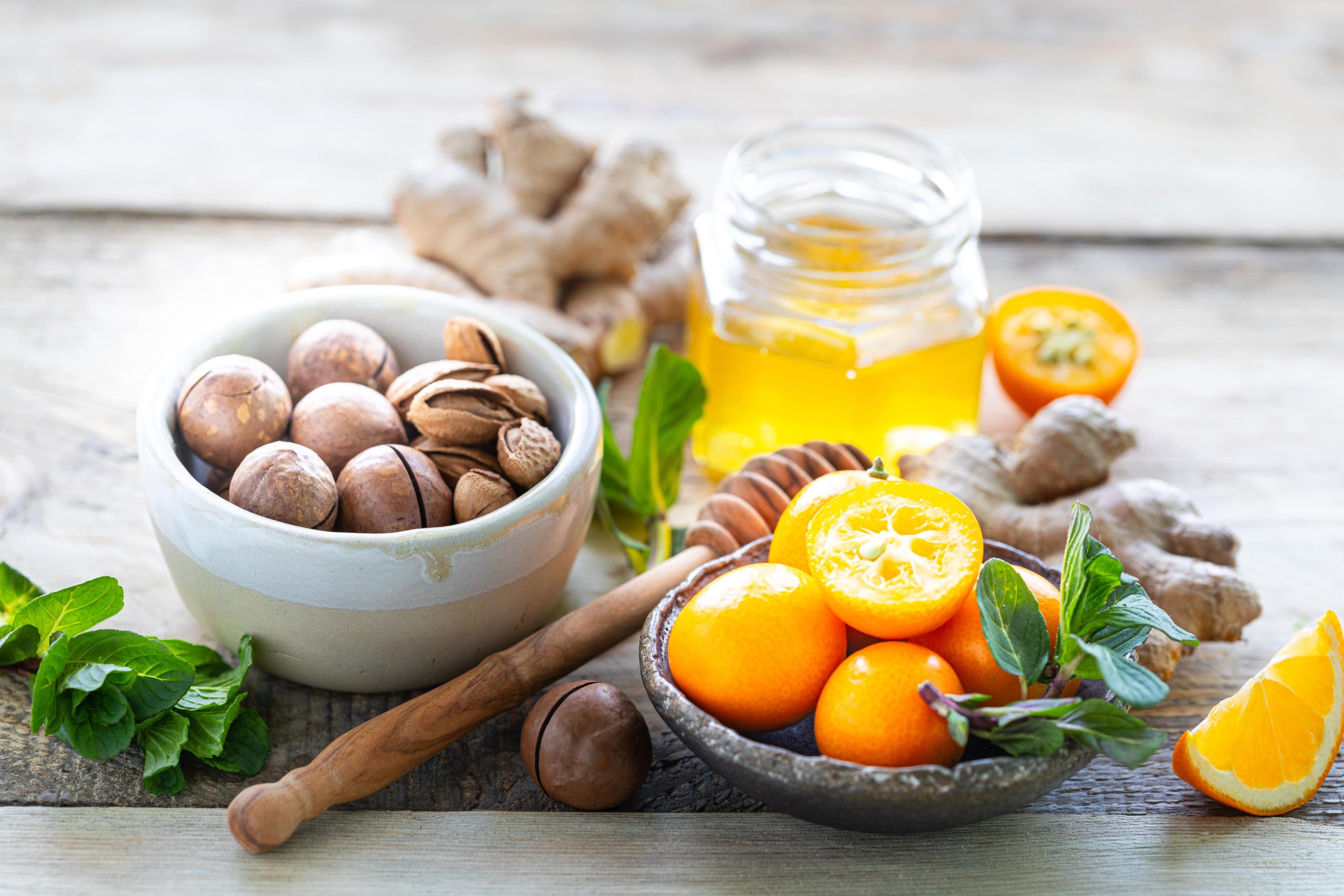Carbohydrates play a fundamental role in our diets, primarily acting as a source of energy for the body, muscles and brain. Nevertheless, the quality of carbohydrates can vary significantly. In this article, we’ll explore the relationship between carbohydrates and the glycemic index and how it can impact our health.
What is the glycemic index?

In short, the glycemic index (GI) is a numerical scale that’s used to promote better blood sugar management. It does this by measuring how quickly a particular food raises blood sugar levels compared to pure glucose, which has a GI of 100. Below are the three GI ratings:
Low: 55 or less
Medium: 56–69
High: 70 or above
Here are some examples of where common foods fall on the GI spectrum:
 Source: The University of Sydney
Source: The University of SydneyWhen any type of carbohydrate is ingested, our digestive system breaks it down into simple sugar molecules (glucose) that enter the bloodstream. Carbohydrates with a high GI are digested and absorbed at a fast rate, resulting in a rapid rise in blood sugar levels.
On the other hand, foods with a low GI are digested and absorbed more slowly, resulting in a more gradual, gentle rise in blood sugar levels. The graph below compares the rates of absorption between high and low GI:

Interestingly, foods are only assigned a GI value if they contain carbohydrates. Therefore, foods such as beef, chicken, and fish won’t be found on GI lists.
The benefits of consuming low-GI foods

As mentioned earlier, low GI foods are those that have a score of 55 or below on the GI scale. Some common examples of low GI foods include whole grains, fruits, vegetables, legumes, and nuts. Let’s take a look at some of the benefits of a low GI diet:
1Improve insulin sensitivity
This allows the body to use insulin more effectively to maintain healthy blood sugar levels. Not only is this important for individuals with diabetes but also for those who are at risk of developing the disease. Studies have shown that consuming a diet that is high in low GI foods can help to reduce the risk of type 2 diabetes.
2Promote satiety
The more gradual and sustained release of glucose into the bloodstream helps regulate blood sugar levels and promotes feelings of fullness and satiety. In turn, the urge to consume more food may become reduced.
3Reduce the risk of heart disease
Low GI foods are typically high in fibre and other important nutrients such as vitamins, minerals, and antioxidants, all of which have a positive correlation to heart health.
4Improved digestion
Low GI foods are often rich in dietary fibre, which is essential for supporting a healthy digestive system. This is because it soaks up water like a sponge, helping to bulk out stool, and pass it through the gut more easily.
5Sustained energy source
Research shows that consuming low-GI foods helps to improve physical performance, endurance, and reduce fatigue. This allows individuals to maintain energy levels throughout the day without experiencing any dips and crashes in energy.
In short, these foods are digested and absorbed more slowly, causing a gradual and sustained release of glucose into the bloodstream. Therefore, incorporating more low-GI foods into our diets can have numerous health benefits and promote better blood sugar control and overall well-being.
The downsides of consuming high GI foods


To recap, high GI foods are those that have a score of 70 or above on the GI scale. Some common examples of high-GI foods include white bread, white rice, fizzy drinks, and processed snacks. So, are high GI foods bad for the human body?
Consuming high-GI foods causes blood sugar levels to spike rapidly, leading to an increase in insulin secretion as this hormone regulates glucose in the bloodstream. As a result, the body can become less sensitive to insulin, leading to a condition called insulin resistance, a major risk factor of type 2 diabetes.
A result of consuming high-GI foods is a sudden burst of energy. However, this burst of energy doesn’t last long, leading to a dramatic drop, which causes lethargy and fatigue.
Sudden surges in insulin result in just as sudden drops in blood sugar levels. Subsequently, feelings of hunger and cravings for more food increase, which often results in overconsumption and weight gain.
Insulin resistance is associated with an increased risk of heart disease because of its ability to cause a build-up of plaque in the arteries, leading to restricted blood flow. Additionally, high GI foods can cause inflammation in the body, a risk factor for colon, pancreatic, and endometrial cancers.
To summarise, high GI foods are digested and absorbed quickly, causing a rapid rise in blood sugar levels. Subsequently, a diet rich in high GI foods can have negative health implications on our mental and physical health.
Six tips for avoiding damaging spikes in blood sugar levels


Here are 6 tips to get to grips with GI:
1Pick whole grains
Whole grains have a lower GI compared to refined grains. This is because they contain more fibre, therefore, taking a longer time to digest. Examples of whole grains include brown rice, brown pasta, quinoa, and whole wheat bread.
2Consume a wide range of fruit and vegetables
The vast majority of fruits and vegetables have a low GI, making them an excellent choice for maintaining stable blood sugar levels.
3Keep an eye on portion sizes
Even low GI foods can cause a rapid rise in blood sugar levels when consumed in large quantities.
4Balance your meals
Ingesting high-GI foods alongside healthy fats and protein can help slow down the digestion and absorption of carbohydrates. This results in less of a spike and a more gradual rise in blood sugar levels.
5Exercise regularly
Physical activity can impact the GI of foods by increasing insulin sensitivity and reducing blood sugar levels, leading to a lower GI effect.
6Choose steaming over roasting
The processing and cooking of foods can affect GI levels. Scientists conducted a study with the results indicating that foods processed by roasting or baking may result in higher GI. On the other hand, boiling and steaming foods may contribute to a lower GI diet.
Curious facts about GI
The glycemic index was developed in the early 1980s by Dr. David Jenkins, a professor of nutrition at the University of Toronto.
The ripeness of fruits can impact their GI, with riper fruits having a higher GI compared to less ripe fruits.
Foods that are high in fat and protein, including nuts and cheese, have a low GI despite containing minimal carbohydrates.
Let’s sum up

Having the knowledge to understand GI is helpful when it comes to maintaining healthy blood sugar levels. In addition, a diet containing low GI foods can improve insulin sensitivity, promote satiety, reduce the risk of heart disease, improve digestion, and provide sustained energy. While it is not completely necessary to completely avoid high-GI foods, it’s advised to practice portion control and balance high-GI foods with low-GI foods.
Hungry for further knowledge on GI?
This video is presented by Dr. Sten Ekberg, a chiropractor and a holistic health practitioner. He explains the difference between glycemic index (GI) and glycemic load (GL) and their importance for health and controlling blood glucose levels.
Receive Exclusive Tips & Weekly Digest – subscribe to our newsletter







